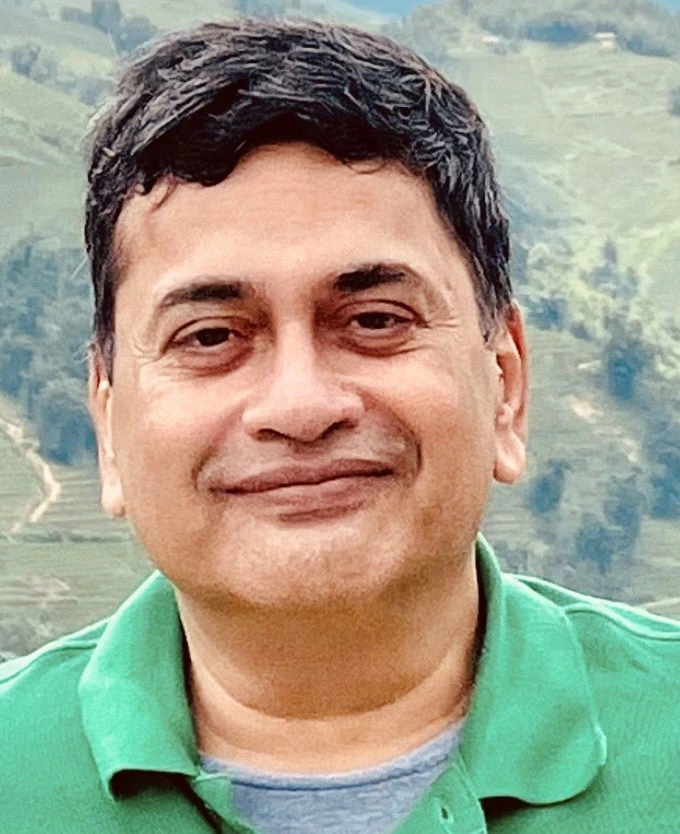 It is not often that you find forest officers sitting face to face with mining officials to discuss environmental sustainability—especially in a state which is rich in both minerals and forest resources. Nor do you often see fishermen walking toe to toe with farmers in sweltering 48° C heat to be heard alongside tribal chiefs and industrialists. And it is not often that a state, dubbed as the disaster capital of India, and which lags behind on every conceivable development indicator, comes out on top by being the first to consult with its people on how to tackle the onslaught of climate change.
It is not often that you find forest officers sitting face to face with mining officials to discuss environmental sustainability—especially in a state which is rich in both minerals and forest resources. Nor do you often see fishermen walking toe to toe with farmers in sweltering 48° C heat to be heard alongside tribal chiefs and industrialists. And it is not often that a state, dubbed as the disaster capital of India, and which lags behind on every conceivable development indicator, comes out on top by being the first to consult with its people on how to tackle the onslaught of climate change.
Well, this happened last week in India’s coastal state of Orissa, one of the poorest states in the country. While the richer states - Maharashtra and Gujarat - were busy building fancy climate models to predict temperature and rainfall changes fifty years from now, Orissa focused on what it can do today.
Lashed by heavy monsoon rains and devastating cyclones with unfailing regularity, the state looked for solutions. In doing so, it also stole a march on the central government, whose National Climate Change Action Plan is still being prepared in fits and starts.
The timing couldn’t have been better. Orissa’s crop yields are declining, fish stocks falling, and water resources dwindling while forests and coasts are being rapidly degraded. Moreover, the state has recently embarked on an aggressive carbon-intensive industrial and energy development strategy, for which it has already received flak from civil society. We don’t need to wait for climate studies, said the Chief Minister, we are already feeling the heat.
 So, to chart the way forward on development in an era of climate change, the government decided to consult with diverse groups —a participatory approach endorsed by the Bank. The commitment came from the highest levels in the state government. The Bank helped by providing global knowledge and expertise, and mobilizing both national and international experts, as and when needed.
So, to chart the way forward on development in an era of climate change, the government decided to consult with diverse groups —a participatory approach endorsed by the Bank. The commitment came from the highest levels in the state government. The Bank helped by providing global knowledge and expertise, and mobilizing both national and international experts, as and when needed.
Consultations sought solutions for the coastal areas, tribal regions, mining and industrial areas, urban centers and farming belts. Fishermen, farmers, trade unions, industrial associations, tribal groups and women offered their comments. Not surprisingly, the discussions were often animated and intense.
A diverse set of questions was raised: What should be done to control the growing salination of the coastal belt that is ruining farmer livelihoods? How can we preserve the natural breeding grounds for fresh water fish? And what can be done for the fishermen who, with falling fish stocks, are abandoning their age-old profession and migrating to cities in search of work? Then, what’s the best way to stop fluoride and arsenic from leeching into the drinking water? And, if you’re wondering what happened between the forest officers and the mining ones, let’s just say that the forest officers finally succeeded in extracting a commitment from the mining officials to adhere to sustainable practices and greater environmental monitoring.
The draft plan is now up on the Orissa government’s website to receive more inputs. While the plan may not be perfect, it is innovative and home grown, and open to improvement. And all said and done, by being the first past the post, the little state of Orissa has shown the richer states the way!


Join the Conversation